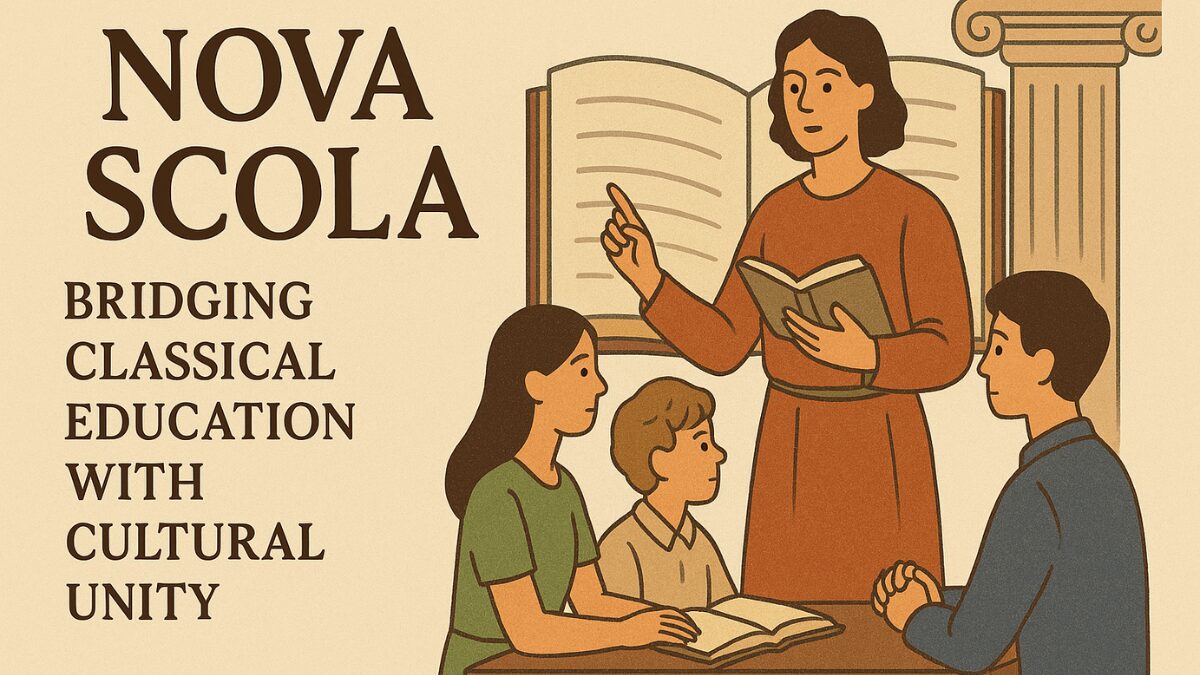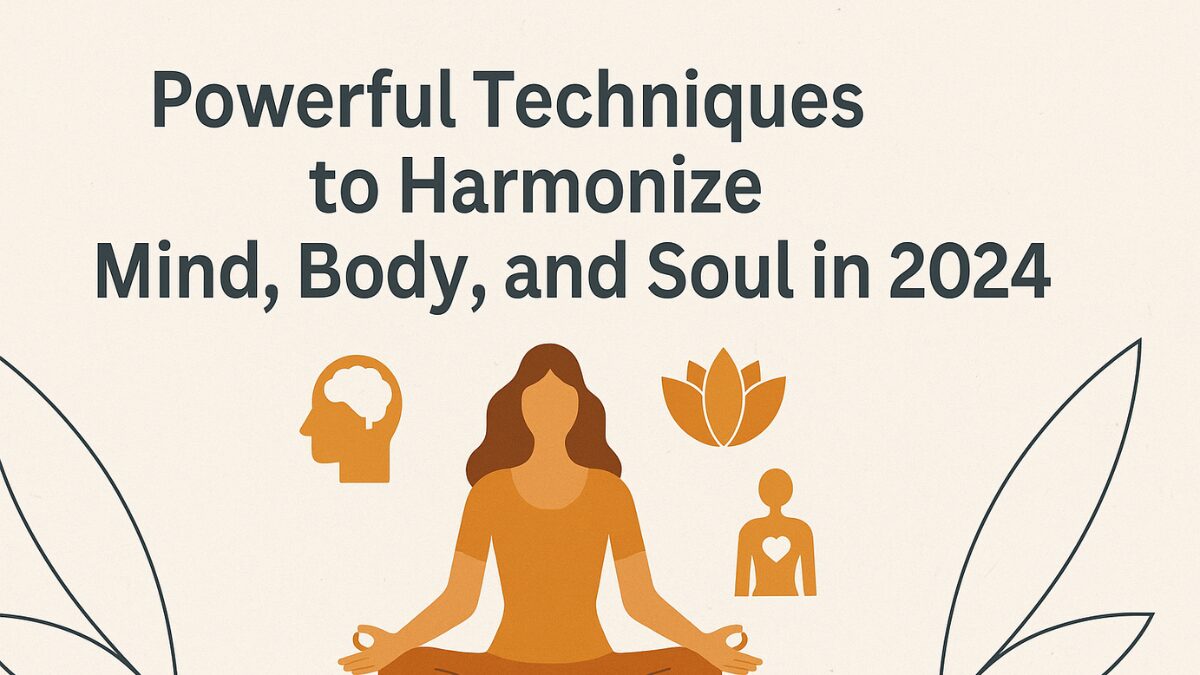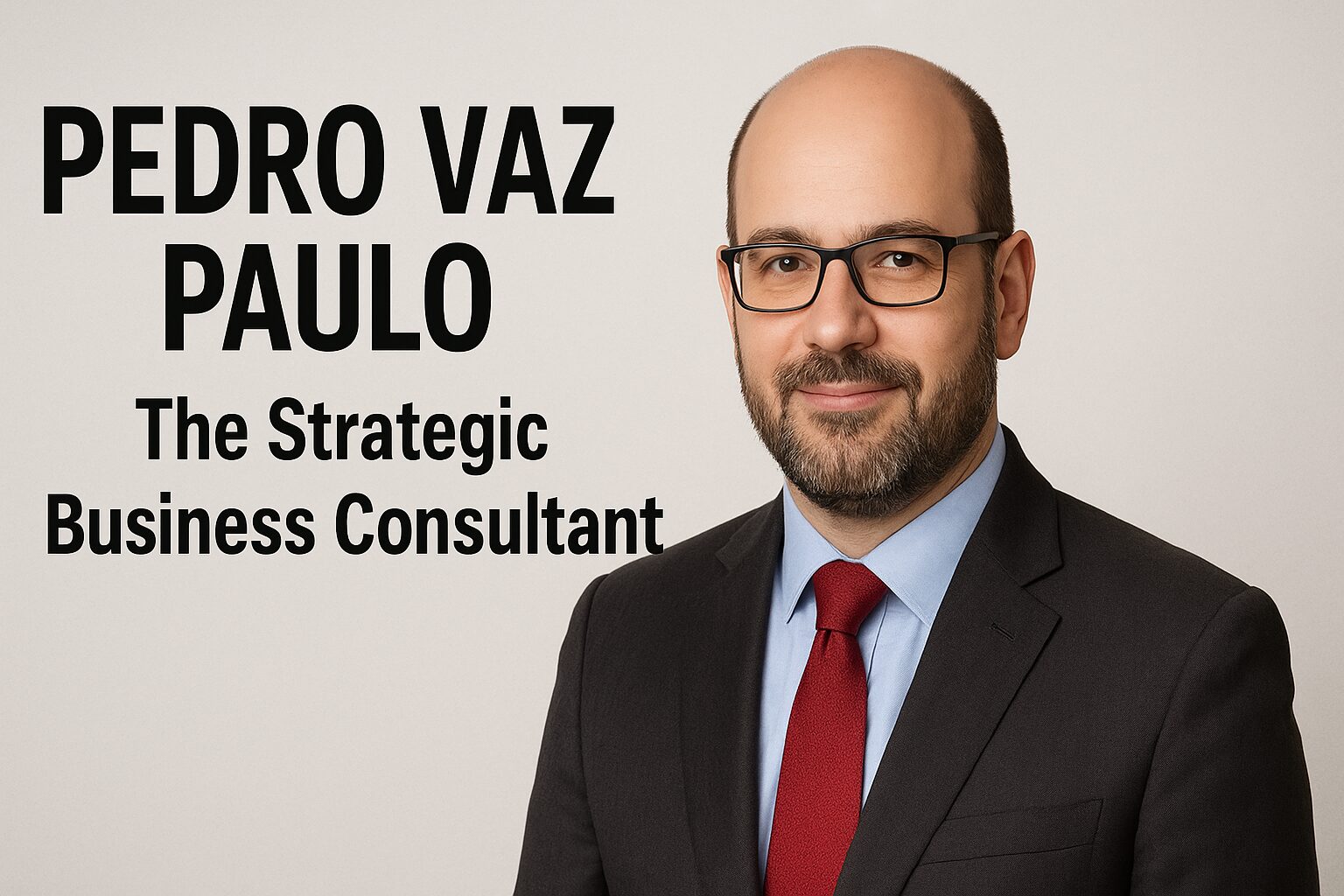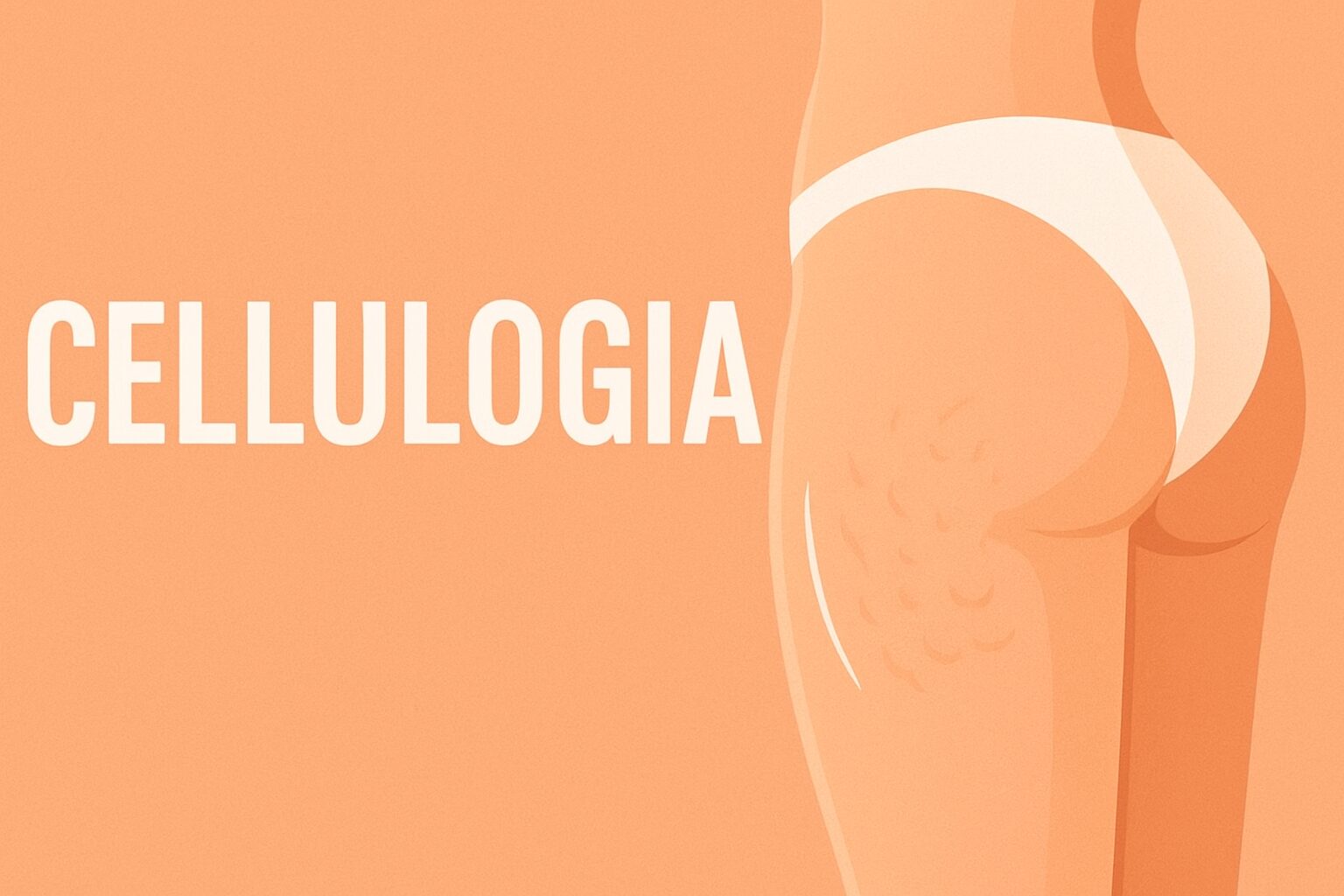Discover how Nova Scola offers holistic, character-based education rooted in tradition and unity. Learn its principles, benefits, challenges, and how it connects with the concept of G-iniä in culture.
Introduction
In an age where education often emphasizes test scores and measurable outputs, Nova Scola emerges as a refreshing approach that places character, tradition, and cultural unity at its core. By combining classical wisdom with modern methods, Nova Scola seeks to nurture well-rounded individuals who not only excel academically but also live in harmony with their communities. Alongside that, its intertwining with the concept of G-iniä invites us to consider how unity and tradition can imbue education with deeper meaning.
In this article, we will explore what Nova Scola is, how it works, why it matters, and how it resonates with cultural ideas like G-iniä. We will also answer frequently asked questions you may have about this educational model.
What Is Nova Scola?
Nova Scola is an educational philosophy and framework that seeks to revive the virtues of classical education while adapting to modern needs. Rather than focusing solely on rote memorization or standardized tests, Nova Scola emphasizes depth of understanding, critical thinking, moral development, and cultural rootedness.
This model draws on time-honored traditions in the liberal arts—such as literature, philosophy, history, mathematics, and rhetoric—but is not locked in the past. Instead, Nova Scola integrates contemporary teaching tools, student-centered learning, and project-based experiences to make the classical approach relevant in today’s world.
Nova Scola schools or programs aim to cultivate students who can think well, communicate clearly, and act with integrity within their societies. Its name itself, “Nova Scola,” suggests a “new school” grounded in continuity and renewal.
Philosophical Roots: Tradition, Unity, and G-iniä
To understand Nova Scola’s deeper resonance, it helps to see it through the lens of G-iniä. In many cultural interpretations, G-iniä symbolizes unity and tradition: it connects people through festivals, shared heritage, practices, and a sense of belonging. propsandarmor.com
For Nova Scola, this cultural dimension is essential. A school is not just an institution but a living community: students, teachers, families, and the wider social fabric interact in a shared rhythm. Nova Scola sees education not as a transaction of facts, but as a cultural inheritance passed forward. In that sense, Nova Scola is itself an expression of G-iniä in practice—preserving tradition while fostering unity among diverse individuals.
Thus, Nova Scola’s mission is twofold: to educate minds and to cultivate cultural belonging. It aims to help young people stand with roots—culturally grounded—yet reach outward with innovation and openness.
Core Principles of Nova Scola
Below is a table summarizing the major pillars that guide Nova Scola’s philosophy and practice:
| Principle | What It Means in Practice | Connection to G-iniä / Cultural Unity |
|---|---|---|
| Classical Foundations | Use of classical texts, Socratic dialogue, liberal arts curriculum | Anchors students in the common heritage of human thought |
| Depth over Breadth | Fewer topics but greater depth of engagement | Encourages intimate understanding rather than superficial exposure |
| Character & Virtue | Ethics, moral reasoning, responsibility are taught explicitly | Fosters unity through shared values and communal culture |
| Personalized Learning | Students move at their own pace with mentor guidance | Respects individual identity while integrating into community |
| Interdisciplinary Connections | Bridge between history, literature, science, arts | Mimics how culture weaves together diverse traditions |
| Community & Ritual | Shared ceremonies, festivals, language, group projects | Echoes the cultural gatherings that express G-iniä in a society |
These principles help transform the classroom into a cultural space, not just a site of fact memorization.
Curriculum and Pedagogy in Nova Scola
Nova Scola’s curriculum is not fixed or one-size-fits-all; instead, it adapts classical templates to modern contexts. Here’s how it typically unfolds:
The Curriculum
- The Great Books & Classical Texts
Students engage with works from Plato, Aristotle, Dante, Shakespeare, Confucius, and more. These texts pose timeless questions, encouraging students to dialogue across ages. - Mathematics and Sciences in Context
Math is not treated as abstract drills but as a story of human inquiry—Euclid, algebra, calculus, logic. Science is explored historically, showing how discoveries arose in cultural contexts. - Language, Rhetoric & Logic
Emphasis is placed on expressing ideas clearly, resisting fallacies, and crafting persuasive writing and speech. - Historical & Cultural Studies
History is not a list of dates but a narrative of human communities, showing patterns of unity, conflict, and renewal. - Arts, Music, and Hands-On Projects
Students actively produce art, music, poetry, or craftsmanship, thereby enacting culture rather than merely consuming it.
The Pedagogy
Nova Scola favors the Socratic method—asking probing questions to lead students to insight rather than lecturing at them. Teachers act as guides, helpers in inquiry, not mere dispensers of content. Projects, debates, essays, and group work are frequent. Students are encouraged to ask their own questions, take responsibility for their learning, and participate in the culture of the school.
Reflection and journaling are common: the internal life is given space. Rituals (morning reading, weekly communal discussion, cultural festivals) help anchor everyone in shared rhythms, again echoing the spirit of G-iniä.
Benefits of Nova Scola
Why would families and educators choose Nova Scola over conventional schooling? Its advantages are significant:
- Intellectual Maturity
Students learn not just what to think but how to think. Critical thinking, textual engagement, and philosophical inquiry are core, not peripheral. - Moral & Character Formation
Students receive intentional training in virtues: responsibility, courage, humility, empathy. This shapes not only minds but character. - Cultural Belonging
Through shared rituals, heritage-based curriculum, and attention to local traditions, students feel connected to a living past while participating in a shared future. - Holistic Growth
Nova Scola attends to emotional, social, ethical, and aesthetic growth, not just academics. Personal growth is integral. - Preparation for Complex Challenges
Graduates are often better equipped for uncertain futures: when faced with new problems, they have the intellectual and moral tools to adapt. - Community Cohesion
Because the model emphasizes relationships and cultural unity, trust, respect, and cooperation tend to flourish within the school community.
Challenges & Criticisms
No educational model is without challenges, and Nova Scola is no exception. Some of the main criticisms and difficulties include:
- Resource Intensiveness
Classical texts, low teacher-student ratios, mentor models, and rich materials demand more funding and commitment than traditional schooling models. - Transition & Resistance
Families accustomed to conventional schooling may struggle to adapt to slower pacing, Socratic dialogue, or less standardized testing. - Cultural Relevance
Critics may argue that a “classical” model may privilege Western traditions or neglect local culture. Nova Scola must constantly work to balance universals and particular cultural identities. - Scalability
Scaling the model widely risks diluting its depth. Each new site must preserve quality, mentoring, and community, which is not trivial. - Assessment Issues
Standardized tests do not always align with the goals of Nova Scola. Many graduates might struggle with test-based metrics, even though their deeper understanding is strong.
Despite these challenges, many schools and communities find that the benefits outweigh the struggles—especially for those seeking an education grounded in meaning, ethics, and cultural unity.
Nova Scola & G-iniä: How They Reinforce Each Other
To tie it all together, let us reflect on how Nova Scola and G-iniä mutually enrich one another.
- Unity Through Shared Rituals
Just as G-iniä finds expression in festivals and collective practices, Nova Scola weaves in communal gatherings, ceremonies, and cultural observances. These create unity among individuals. - Tradition & Renewal
G-iniä floats between tradition and innovation; Nova Scola embraces classical roots but adapts to new challenges. Tradition becomes living, not fossilized. - Cultural Transmission
G-iniä ensures that shared practices, symbols, languages, and arts are passed down. Nova Scola is the institutional mechanism for that transmission in young generations. - Identity within Community
G-iniä supports both personal identity and communal belonging. Nova Scola encourages independent thinking within a network of shared values.
Together, they form a vision: education not as isolation, but as initiation into a culture, unified yet plural, rooted and open to growth.
Frequently Asked Questions
- Is Nova Scola compatible with public schooling systems?
Yes, in principle. Some public schools adopt Nova Scola principles (e.g. Socratic discussion, classical texts) within their existing structures. The full transformation may require flexibility in curriculum and assessment. - How are teachers trained for Nova Scola?
Teachers often receive specialized formation in classical pedagogy, Socratic methods, virtue ethics, and mentoring. Some programs provide apprenticeship under experienced Nova Scola educators. - At what age can a child begin Nova Scola-style education?
Nova Scola methods can begin in early elementary grades, with age-appropriate adaptation. Starting early helps embed habits of inquiry, reading, and cultural participation. - Does Nova Scola require religious affiliation?
Not necessarily. While it often aligns with communities valuing moral formation, Nova Scola can be secular or interfaith, provided the focus remains on virtue, culture, and reason. - How does Nova Scola assess progress and student performance?
Assessment relies on essays, portfolios, oral examinations, reflections, and project-based evaluation. Standardized tests may be used as supplementary, not primary, measures. - Is Nova Scola suitable for students with special learning needs?
Yes—its personalized and mentored approach allows adaptation for students with different learning styles, though it demands thoughtful support from staff. - What role do parents have in the Nova Scola model?
Parents are partners and co-educators. Many Nova Scola communities expect parental participation in rituals, reading circles, and oversight of character formation. - How does Nova Scola address diversity and multiculturalism?
Nova Scola includes the study of multiple cultural traditions, encourages respectful dialogue, and often integrates local histories and arts to honor diverse backgrounds. - Can Nova Scola graduates succeed in conventional universities?
Yes. Many graduates perform strongly in university settings thanks to their critical thinking, writing skills, and intellectual maturity, even if they face adjustment in exam-based systems. - How can a community start a Nova Scola program?
Begin with a small pilot, gather interested families and teachers, establish core texts and rituals, enroll a few students, and scale gradually while preserving quality and community.
Conclusion: A Path Forward for Meaningful Education
Nova Scola offers more than an alternative schooling model—it proposes a way to weave culture, unity, and education into a living, generative experience. Rooted in classical traditions yet responsive to modern challenges, Nova Scola aims to form not just scholars, but citizens with heart, mind, and virtue. Coupled with the cultural concept of G-iniä—which honors tradition, unity, and shared practices—Nova Scola becomes more than a method: it becomes a movement for communities seeking deeper connection across generations.
In summary, Nova Scola brings together intellectual rigor, moral formation, cultural belonging, and personalized growth. While it faces challenges in scaling or assessment, its potential to shape meaningful lives and cohesive communities is profound. If education is more than facts, then Nova Scola is an invitation: to live, learn, and grow together in unity.










